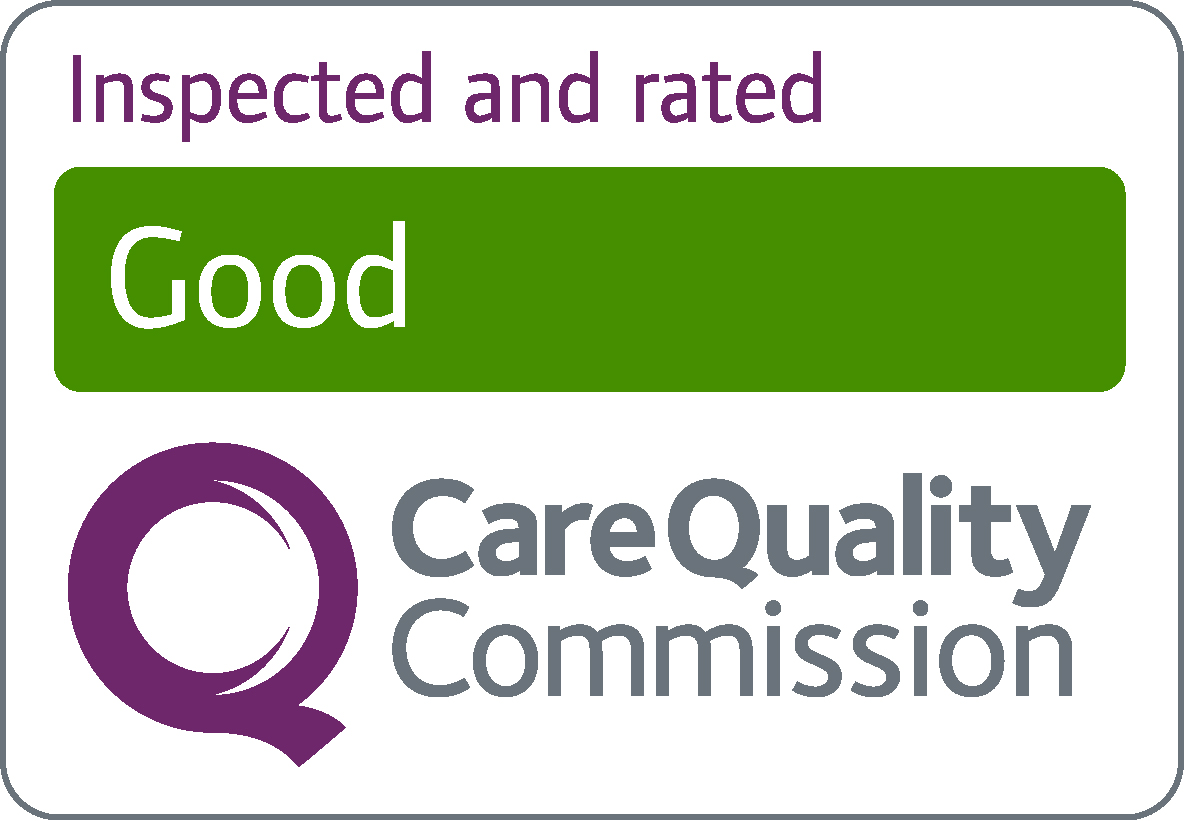Sick building syndrome
Sick building syndrome is the name for symptoms you get while you're in a particular building. It usually happens in an office, but you can get it in any building.
Symptoms of sick building syndrome get worse the longer you're in a particular building and get better after you leave.
Other people in the building may also have symptoms.
Possible symptoms include:
- headaches
- blocked or runny nose
- dry, itchy skin
- dry, sore eyes or throat
- cough or wheezing
- skin rashes
- tiredness and difficulty concentrating
These symptoms are common and can be caused by lots of things. They're unlikely to be a sign of sick building syndrome if you have them all the time, or when you're in lots of different places.
If you think you have sick building syndrome speak to:
- your manager or employer – if you get symptoms at work
- the building manager or owner (such as the landlord) – if you get symptoms in another building
They should look into the problem and try to find a solution.
You can also get help and advice from the environmental health service at your local authority or your local Health and Safety Executive (HSE) office.
Find out more
There are some things you can do that may help ease symptoms of sick building syndrome.
Do
open windows to improve ventilation, if you can
set the temperature at about 19C and do not change it lots of times during the day
try to reduce stress
take regular screen breaks if you use a computer
go outside for some fresh air during lunchtime and other breaks
It's not clear exactly what causes sick building syndrome.
It's probably due to a combination of things, such as:
- poor ventilation or poorly maintained air conditioning systems
- dust, smoke, fumes or fabric fibres in the air
- bright or flickering lights
- problems with cleaning and layout, such as crowded desks
Sick building syndrome mostly happens in open-plan offices.
